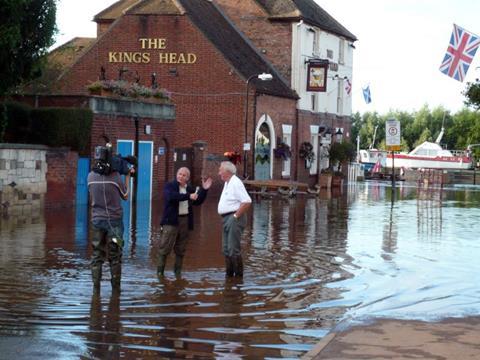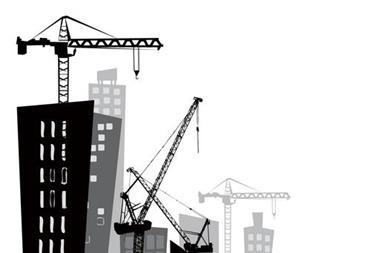We look back at the key influencing factors in commercial property over the past five years

Commercial property rates were being dubbed ‘suicidal’ as far back as 2006. But despite regular rumblings by company chief executives about the need for a rise, rates have stayed perilously low.
New business opportunities are few and far between as the UK economy staggers along, depressed by lack of business finance, austerity cuts, and eurozone woe. The temptation is to retain at almost any cost what business there is.
Widespread floods in 2007 and subsequent smaller but still damaging flood events failed to turn the market. However, the expected future direction of the government’s flood defence policy may force flood cover prices up. This is especially true given the anecdotal evidence that extreme weather events are becoming more frequent in the UK.
The high cost of escape-of-water claims, caused by last year’s cold winter and exacerbated by the number of empty commercial premises, may lead to some price hardening. But it is by no means clear that any rises would be applied widely, even if high streets and industrial estates are increasingly made up of a mix of occupied and empty plots.
One factor underlying the soft rates scenario is the lack of new commercial property business, driven by low levels of SME and start-up growth, and a lack of new property coming onto the market.
Office construction has almost stopped UK-wide, with commercial tower blocks in Leeds, for example, being converted into housing. The cost of new build has rocketed as the price of fuel and raw materials, not to mention finance, has inflated.
A hard market looks out of reach until business confidence returns.
Hosted by comedian and actor Tom Allen, 34 Gold, 23 Silver and 22 Bronze awards were handed out across an amazing 34 categories recognising brilliance and innovation right across the breadth of UK general insurance.













































No comments yet